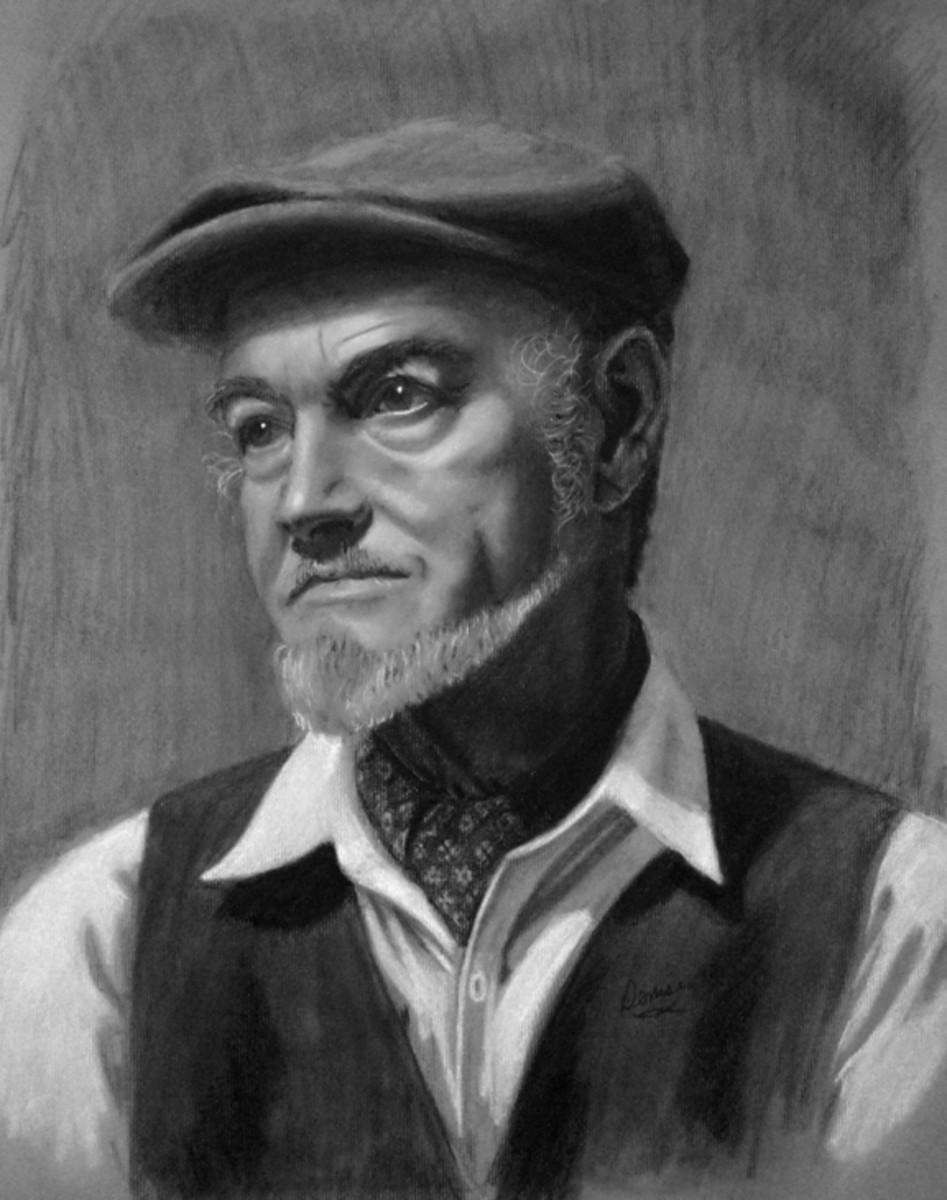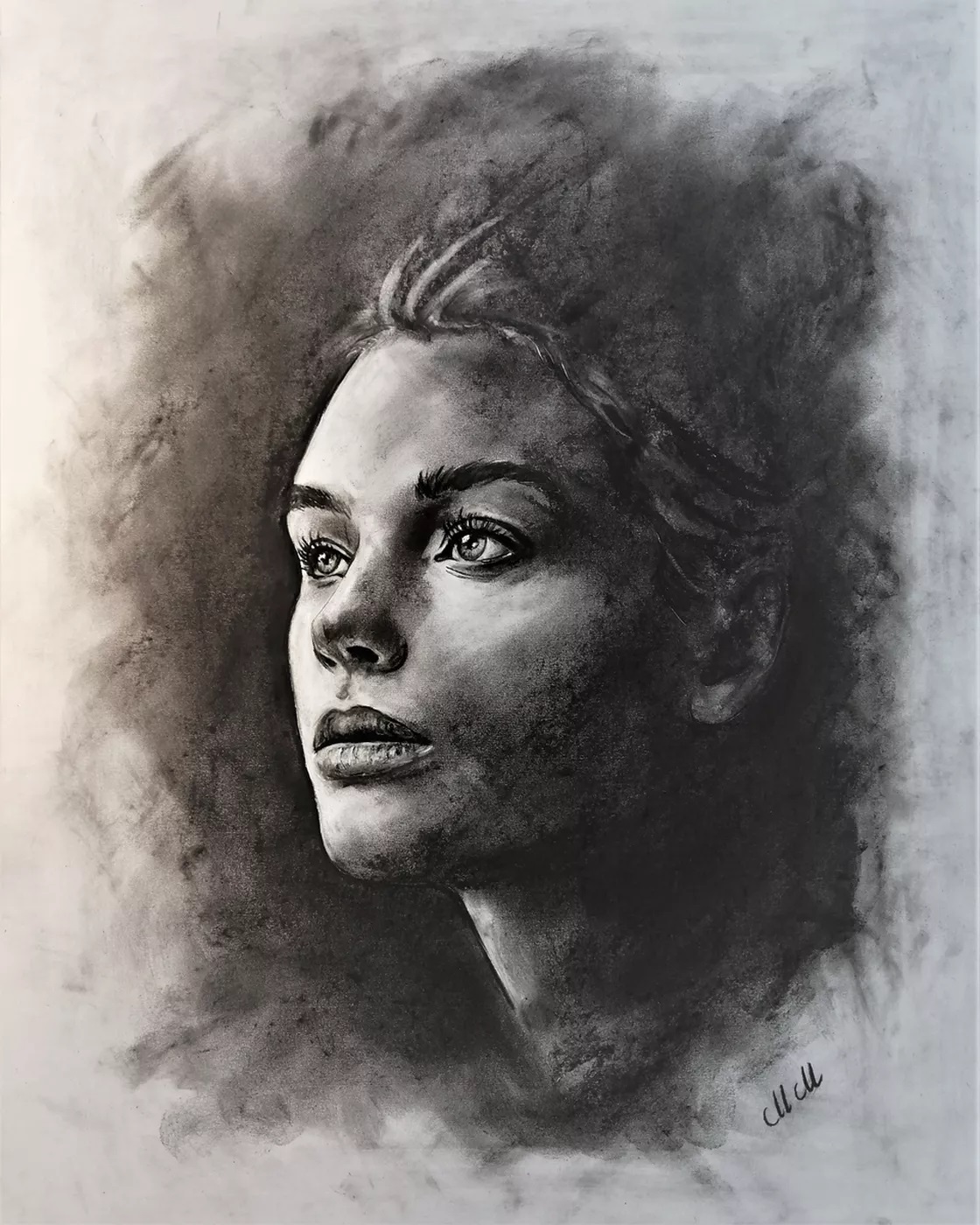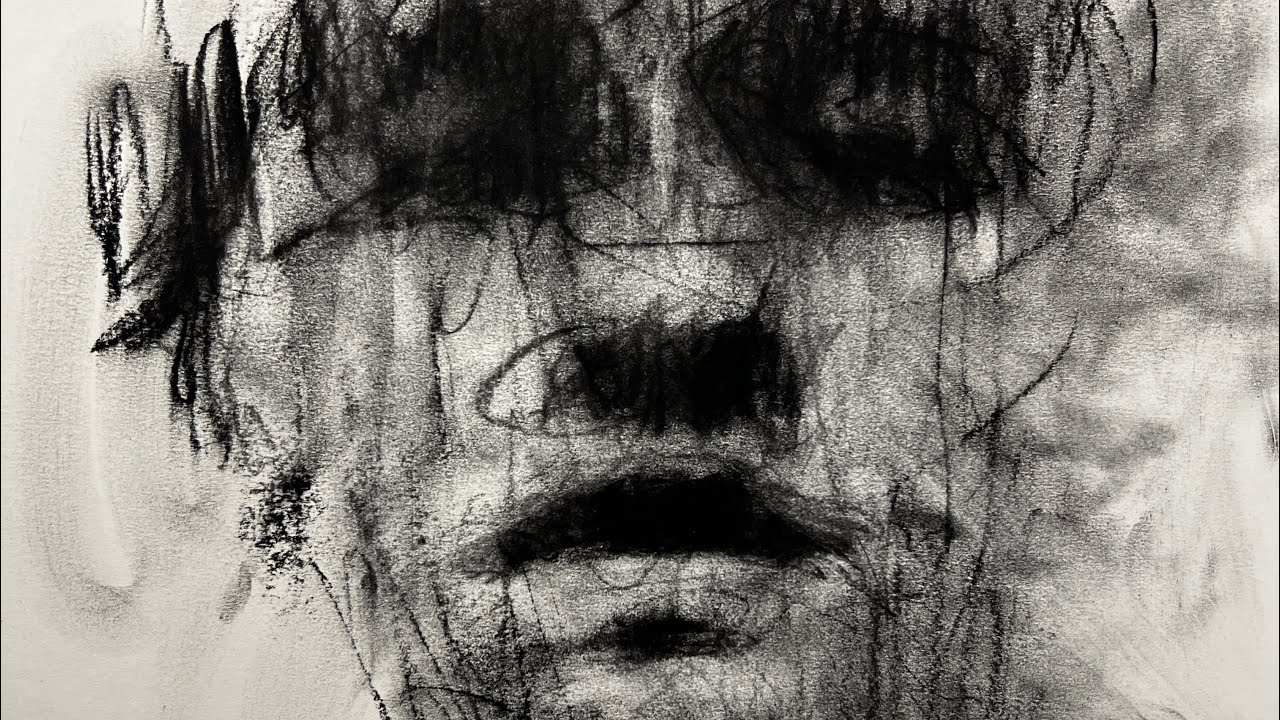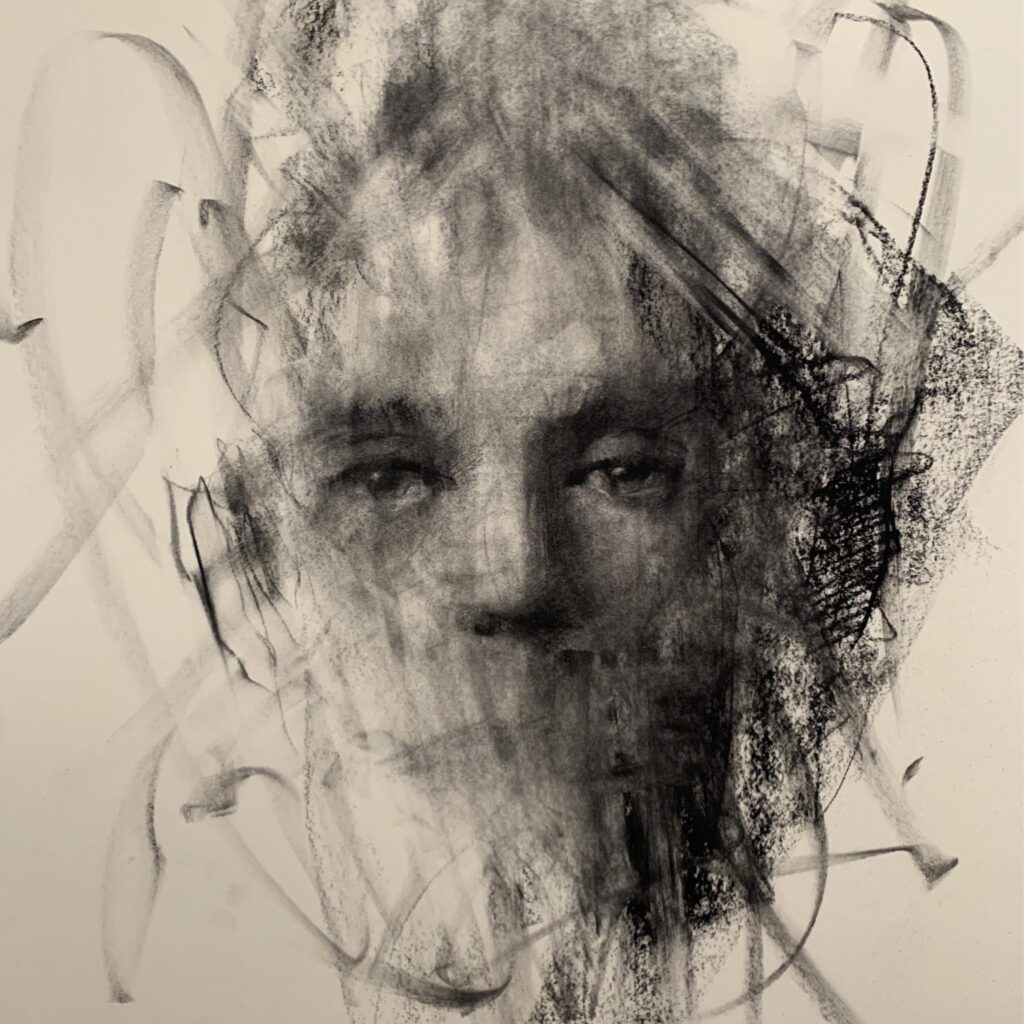Charcoal drawing has been a favorite medium among artists for centuries, celebrated for its rich tones and ability to capture detail and emotion. When it comes to portraying the human face, charcoal provides a unique platform for exploration and expression. This article will delve into techniques and tips for using charcoal to draw faces with depth, detailing how to convey emotion effectively and capture the intricate details that give a portrait its character.
Understanding Charcoal’s Versatility
Different Types of Charcoal
Charcoal comes in various forms, including vine, pencil, and compressed, each with its own properties that can influence the outcome of a drawing. Vine charcoal is soft and easy to smudge, making it ideal for laying down the initial structure and big tonal areas. Pencil charcoal gives more precision and control, suitable for refining details and textures. Compressed charcoal is darker and denser, which is excellent for creating strong contrasts and deep shadows in a portrait.
Mastering Tonal Values
The key to a lifelike portrait lies in mastering tonal values. Charcoal allows artists to create a wide range of shades from the lightest highlights to the darkest shadows. Practicing graduated shading with charcoal can help an artist develop a sensitivity to capturing these tonal variations, essential for depicting the curves and contours of the face that convey the underlying bone and muscle structure.

Technique for Emotive Portraiture
Capturing the Essence of Expression
The face is the window to the soul, and a successful charcoal portrait captures more than just the physical features of a subject. It delves into the emotion behind the expression. To achieve this, focus on the eyes and mouth, which are critical in conveying feeling. Observe the subtle lines and shadows that form when a person smiles, frowns, or furrows their brow. Use the charcoal to replicate these nuances, gradually building layers to reflect the depth of emotion.
Blending for Softness and Realism
Blending is a powerful technique when working with charcoal. It can create soft transitions between tones and smooth out textures, adding a realistic touch to facial features. Using fingers, paper stumps, or blending brushes allows artists to manipulate the charcoal for desired effects. Blending can also help in creating the soft subtleties of skin tones and the intricate shadows around the eyes and lips that are crucial for conveying a subject’s mood or character.

Details That Make a Face Unique
The Importance of Observational Skills
Capturing the minute details that make a face unique requires keen observational skills. Every wrinkle, freckle, and hair contributes to the individuality of a portrait. When drawing with charcoal, use sharper tools to etch in these small particulars carefully. Pay close attention to the distinctive shapes and lines within the ear, the texture of the hair, and the unique light reflections in the eyes. Taking the time to observe and include these elements can bring a charcoal portrait to life.
Balancing Detail and Simplicity
While detail is important, knowing when to simplify is also key. Not every line or blemish needs to be recorded to capture a true likeness. Instead, balance the level of detail by concentrating on areas of the face that are focal points, such as the eyes and mouth, while keeping other areas, like the cheekbones and forehead, more abstract. This selective detailing can lead viewers to the most expressive parts of the portrait, while still delivering a realistic depiction.

Concluding Insights on Charcoal Face Drawing
The Power of Charcoal in Portraiture
Charcoal face drawing is a dance between the light and dark, the detailed and the abstract, the emotional and the physical. It is a powerful medium for portraiture because of its flexibility and range. From stark contrasts to subtle shifts in tone, charcoal can convey the complexity of human emotion and the unique details of each individual’s face.
Continual Learning and Practice
Charcoal drawing is both rewarding and challenging, and artists can continually learn and grow in the medium. Practicing the control of charcoal, experimenting with different techniques, and engaging in active observation can help artists harness the medium’s full potential. Through continued effort and exploration, charcoal face drawings can achieve a remarkable level of emotion and detail, bringing the faces on paper to vivid, emotive life.

Fine-tuning Expression with Light and Shadow
Utilizing Contrast to Convey Depth
In charcoal face drawing, the interplay between light and shadow is paramount in defining the form and depth of facial features. Skilled artists use contrast deliberately to enhance the emotional impact of a drawing. High contrast areas tend to draw attention, so placing the darkest darks next to the lightest lights can emphasize powerful features such as the eyes or lips, making them stand out and convey the subject’s mood more intensely.
Soft Shadows for Subtlety
While sharp contrasts can be striking, soft shadows are equally important for adding subtlety to a portrait. Gradual shading transitions contribute to the three-dimensional appearance of the face and can evoke a gentler or more contemplative emotion. When working with charcoal, it’s important to understand how shadow shapes the face and to use this knowledge to guide the viewer’s interpretation of the drawing’s emotional content.

Bringing Realism to Life
The Role of Hair in Framing the Face
An often-overlooked aspect of charcoal portraiture is the accurate rendering of hair. Hair frames the face and can dramatically affect the likeness and character of a portrait. Rather than drawing individual strands, artists should focus on the flow, volume, and overall texture of hair to create a sense of realism. Using the side of a piece of charcoal can produce wide, sweeping strokes, perfect for capturing the movement and weight of different hairstyles.
Reflections and Highlights for Liveliness
Bringing a charcoal portrait to life often involves the careful placement of reflections and highlights. These can give vitality to the eyes and make the skin look more lifelike. Using a kneaded eraser or a pointed charcoal eraser can lift off small amounts of charcoal. This creates bright spots effectively. This technique requires a delicate touch. It can add a spark of liveliness to the subject’s gaze. It can also create the illusion of light playing across the facial contours.